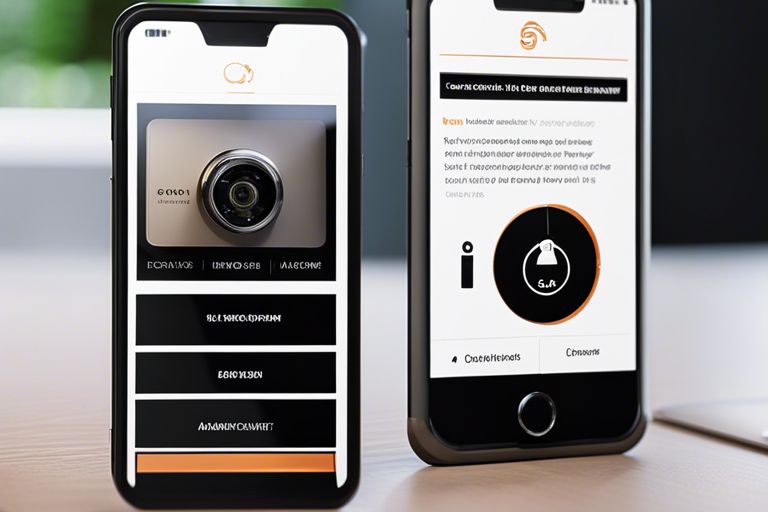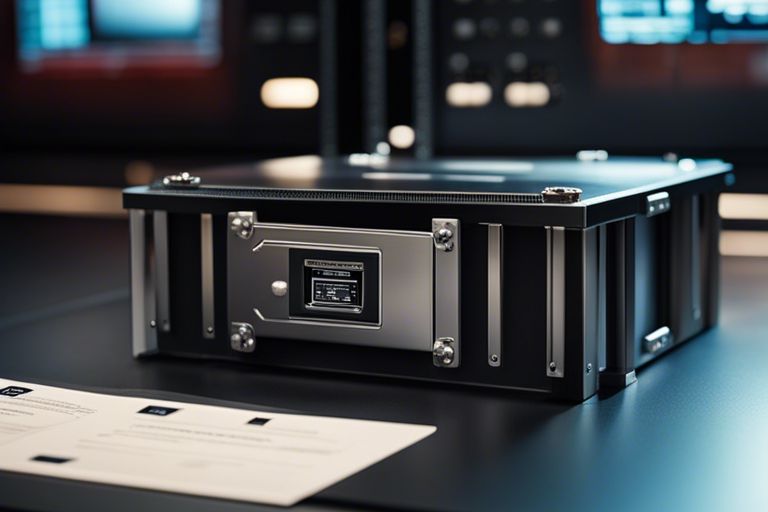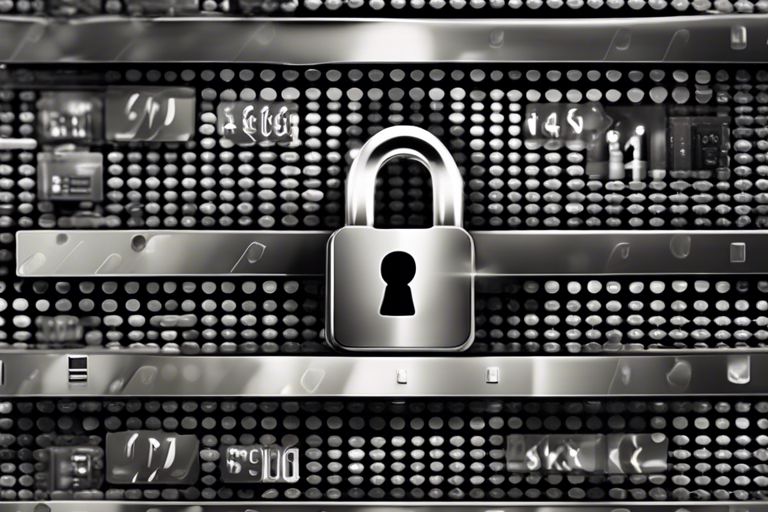Introduction
Social engineering attacks have become increasingly common in today’s digital world. Hackers and cybercriminals are constantly finding new ways to trick individuals into revealing sensitive information or granting unauthorized access. One effective method to protect yourself and your online accounts from such attacks is by using multi-factor authentication (MFA).
What is Multi-Factor Authentication?
Multi-factor authentication is a security measure that requires users to provide multiple forms of identification before granting access to an account or system. It adds an extra layer of protection by combining something you know (such as a password) with something you have (such as a unique code sent to your phone) or something you are (such as a fingerprint or facial recognition).
Why is Multi-Factor Authentication Important?
Social engineering attacks often succeed because individuals rely solely on passwords for account security. Passwords can be easily guessed, stolen, or cracked using various techniques. By using multi-factor authentication, even if an attacker manages to obtain your password, they would still need the additional factor (such as your phone or biometric data) to gain access.
How to Set Up Multi-Factor Authentication
1. Choose a reliable MFA method: There are several MFA methods available, including text messages, authenticator apps, hardware tokens, and biometric authentication. Choose the method that best suits your needs and preferences.
2. Enable MFA on your accounts: Most online platforms and services offer MFA as an option in their security settings. Go to your account settings and follow the instructions to enable MFA. You may need to download an authenticator app or register your phone number.
3. Configure backup options: It’s essential to set up backup options in case you lose access to your primary MFA method. This could include adding multiple phone numbers or backup codes that can be used to verify your identity.
4. Test the setup: Once you’ve enabled MFA, test the setup to ensure everything is working correctly. Try logging in using your username and password, and then provide the additional factor when prompted.
Best Practices for Multi-Factor Authentication
1. Use MFA on all your accounts: Enable multi-factor authentication on all your online accounts, including email, social media, banking, and cloud storage.
2. Keep your MFA methods secure: Treat your MFA methods (such as your phone or hardware token) as securely as you would treat your passwords. Keep them protected and avoid sharing them with anyone.
3. Regularly update your contact information: Ensure that your phone number and email address associated with your MFA methods are up to date. This will ensure you receive any notifications or codes promptly.
4. Be cautious of phishing attempts: Even with MFA enabled, be vigilant of phishing attempts. Avoid clicking on suspicious links or providing your MFA codes to unverified sources.
Conclusion
Multi-factor authentication is an effective security measure that can significantly reduce the risk of falling victim to social engineering attacks. By implementing MFA and following best practices, you can enhance the security of your online accounts and protect your sensitive information.






